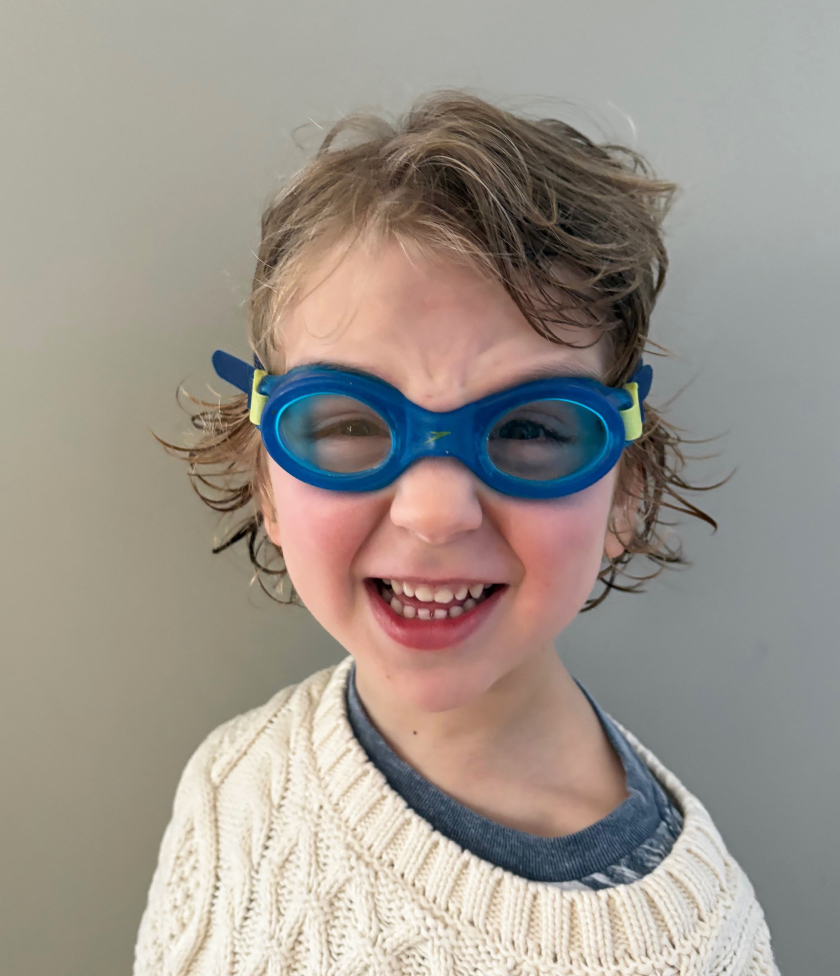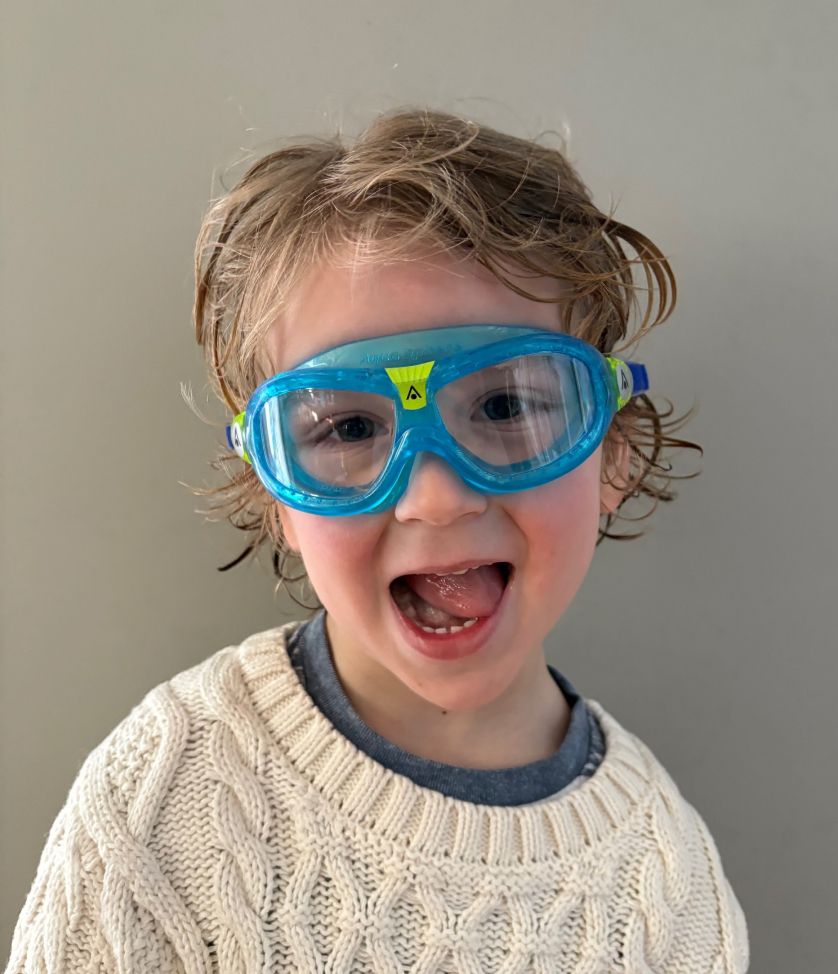Swimming is an essential safety skill and a fun activity for children, but having the right swim goggles can make all the difference in their comfort and enjoyment. With so many options on the market, it can be overwhelming for parents to choose the right pair. This guide will help you make an informed decision to ensure your child has the best swimming experience.
The most important factor when choosing swim goggles is fit. Ill-fitting goggles can cause discomfort, leaks, or pressure marks. Look for goggles with an adjustable strap and a soft silicone seal to ensure a snug yet comfortable fit. Many brands offer different sizes, so check the recommended age range and try them on if possible.
1. Lens Type and Tint.
Goggles come with various lens types and tints, each serving a different purpose:
- Clear lenses are ideal for indoor pools with low lighting, helping children see clearly and feel more confident in the water.
- Dark or tinted lenses reduce glare and are great for outdoor swimming, offering UV protection while maintaining visibility.
Choosing the right lens ensures your child can see well in their environment, reducing stress and building confidence as they swim.

2. Eye Shape and Fit.
The shape of the goggle frame plays a crucial role in comfort and effectiveness. Ideally, goggles should fit snugly and evenly around the eyes with a smaller frame that seals well to prevent leaks. Ill-fitting goggles can cause discomfort, leaks, or pressure marks. Look for with a soft silicone seal to ensure a snug yet comfortable fit. Many brands offer different sizes, so check the recommended age range and try them on if possible.

However, if your child has sensory processing issues—such as difficulty with food textures, certain textiles on the skin, or issues with haircuts or water on the face—consider choosing a larger frame that gives them a wider viewing area. Brands like Aqua Sphere offer excellent options for children with these needs.

3. Nose Bridge Fit.
The nose bridge is one of the most important parts of the goggles when it comes to comfort and stability. If the nose bridge doesn’t fit properly, children may constantly adjust their goggles, leading to distraction and frustration. It’s essential to find goggles where the nose bridge distance matches your child’s eye spacing, ensuring they sit comfortably and don’t rest halfway on the eye. Be aware that some nose bridges can stretch over time, meaning goggles may need to be replaced. This is also why children shouldn’t wear adult goggles—their eyes are much closer together than those of an adult, and a poor fit can lead to leaks and discomfort.
4. Adjustable Straps.
Choose rubber straps, preferably with two separate straps that can adjust easily and stay in place. Straps with a rubbery feel that have good stretch recovery are ideal, as they grip hair or a swim cap well, preventing slipping.
Straps with a rubbery feel that have good stretch recovery are ideal,
as they grip hair or a swim cap well, preventing slipping
5. Not recommended:
- Ornamental Additions. While decorative goggles with stones, sprinkles, or painted designs may look cute, they can interfere with visibility and make it harder for children to focus on swimming. Since swimming is an essential safety skill, clear vision is a priority. Additionally, large goggles with excessive decorations tend to be bulkier and can easily flip off the face, causing frustration and distraction.
- Nose Coverage. It is important to avoid any goggles that have nose coverage such as snorkeling goggles. Children must learn to hold their breathe underwater without aid in order to learn to survive in the water.
Final Thoughts.
Finding the right swim goggles for your child is essential for a fun and comfortable swimming experience. Prioritize fit, lens type, and durability while keeping your child’s specific needs in mind. By considering these factors, you can help your little swimmer enjoy the water with clear vision and confidence!
Happy swimming!
